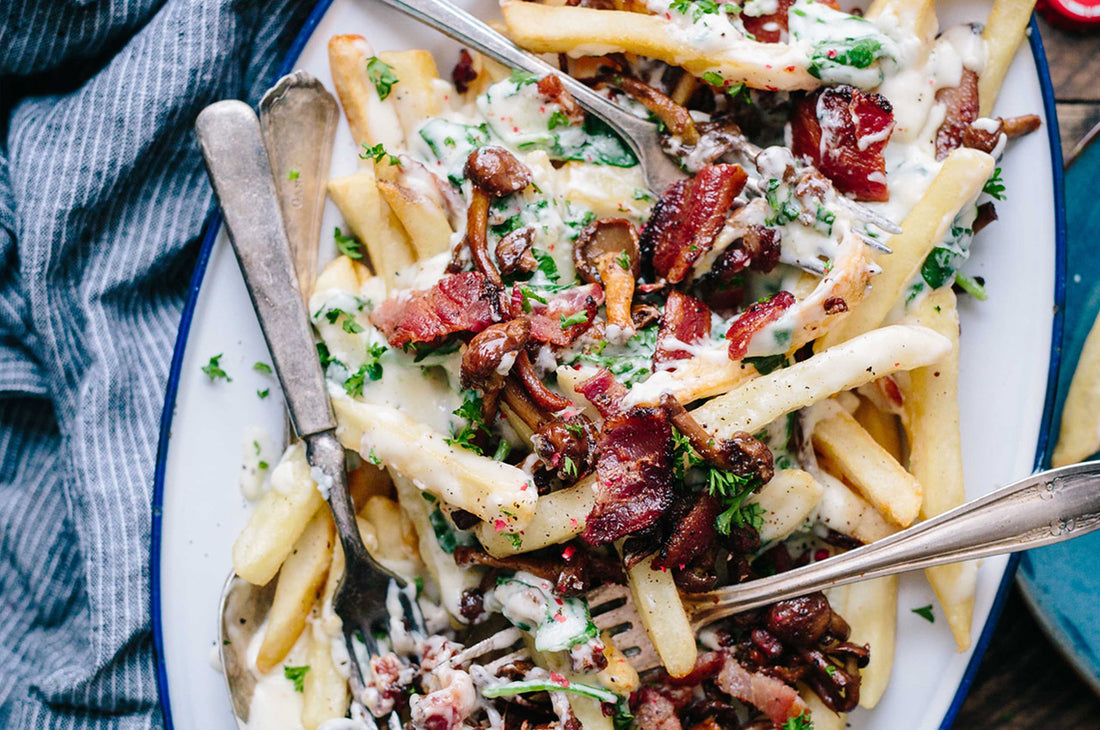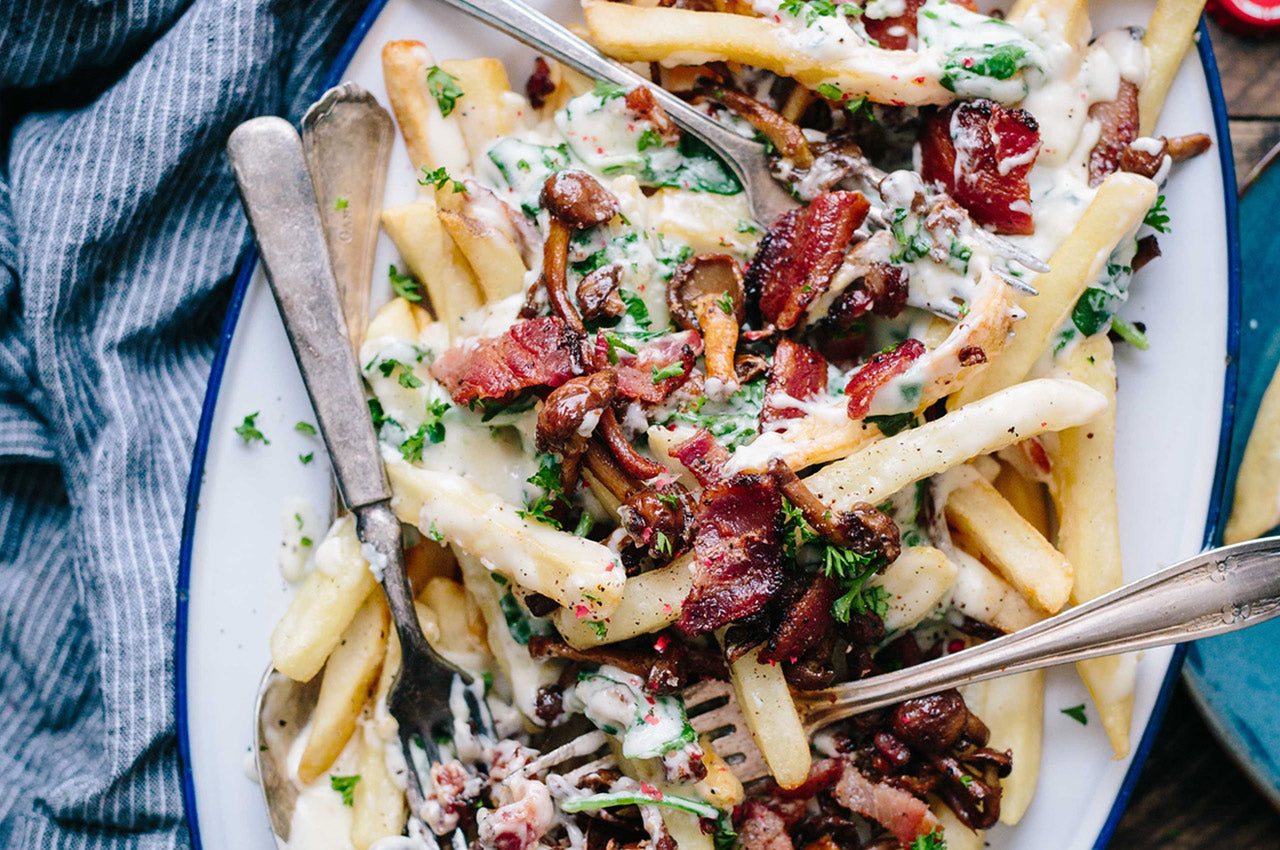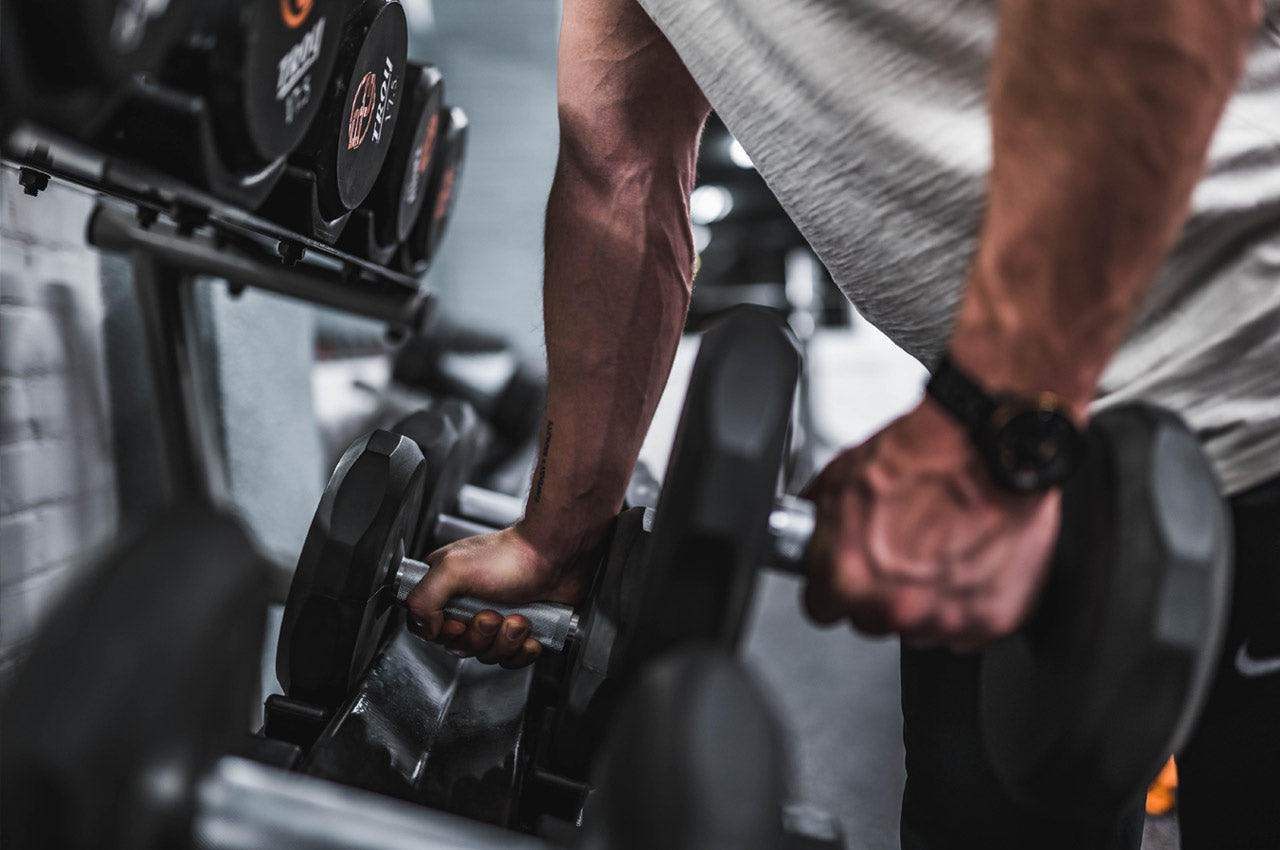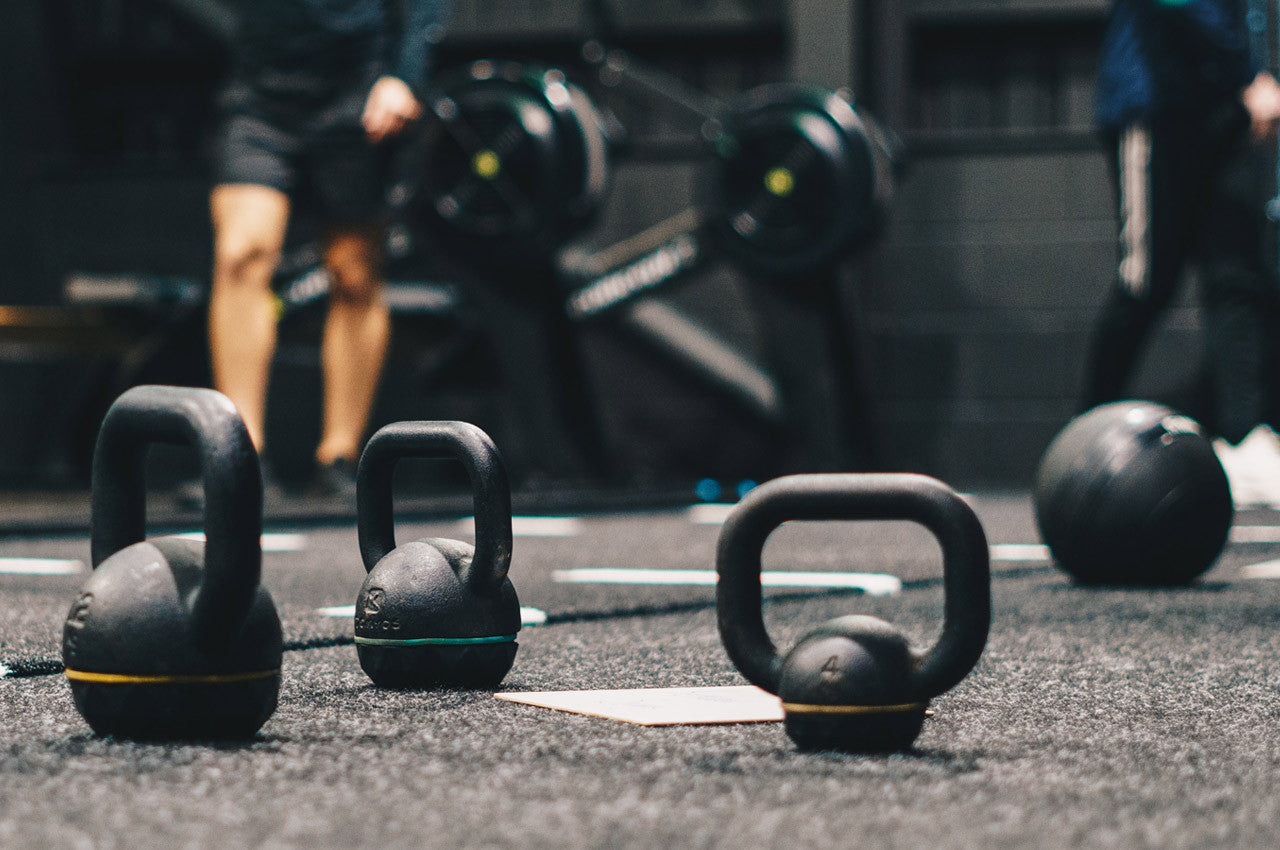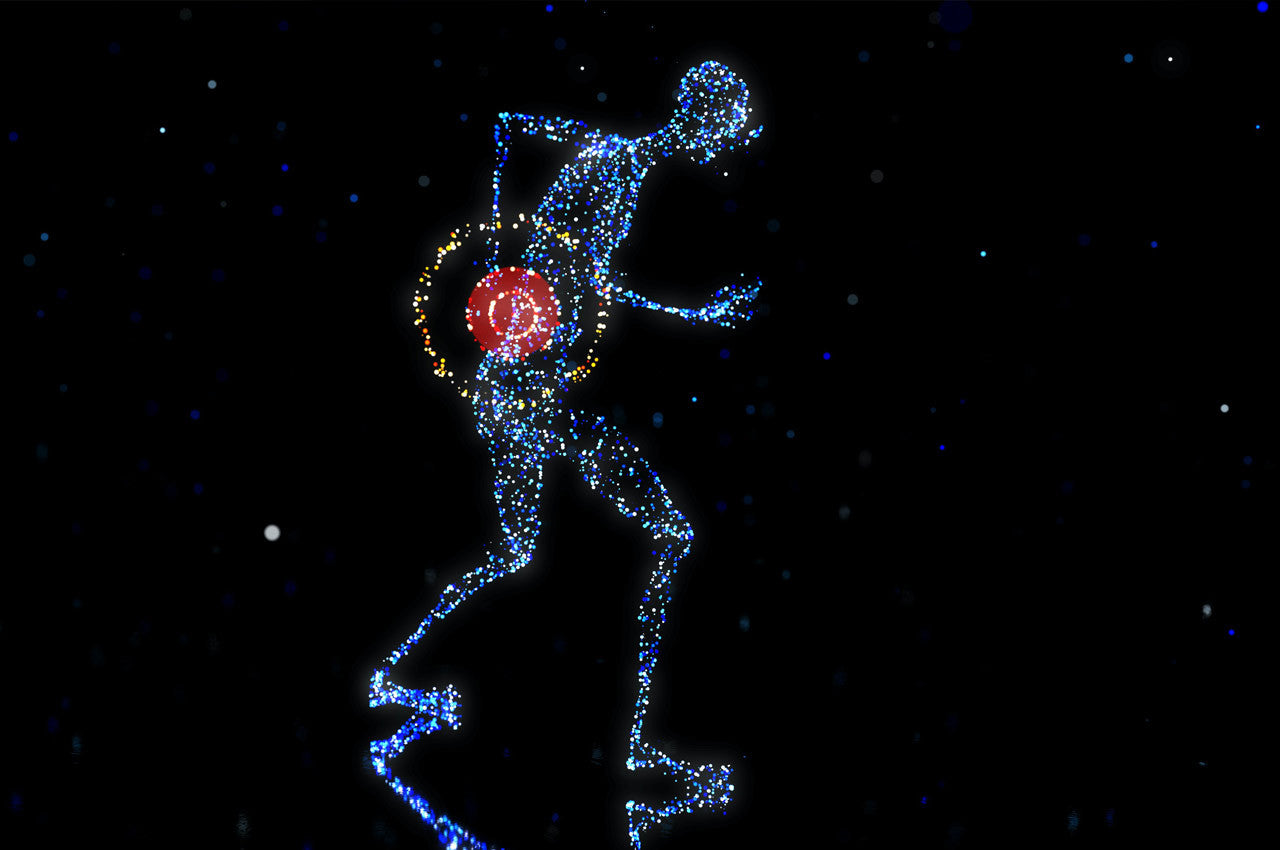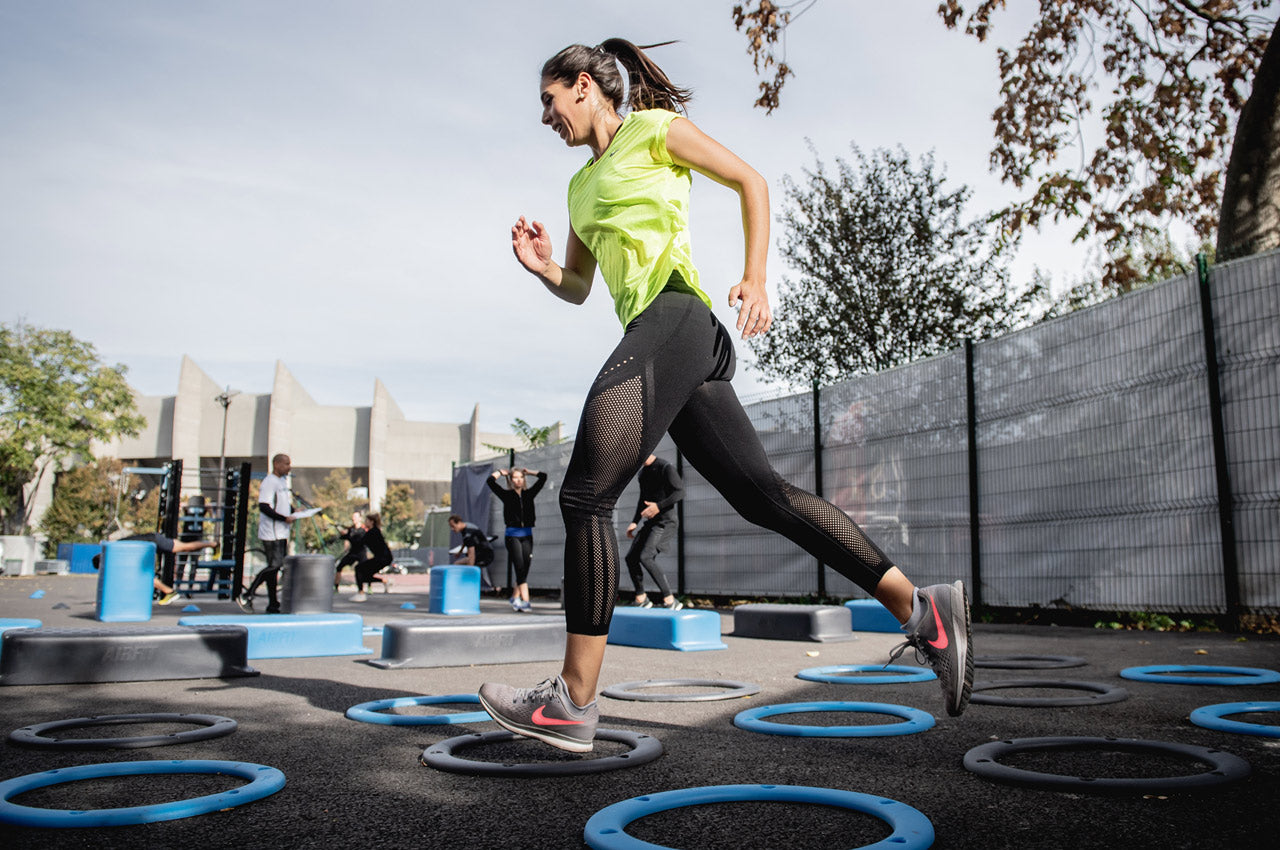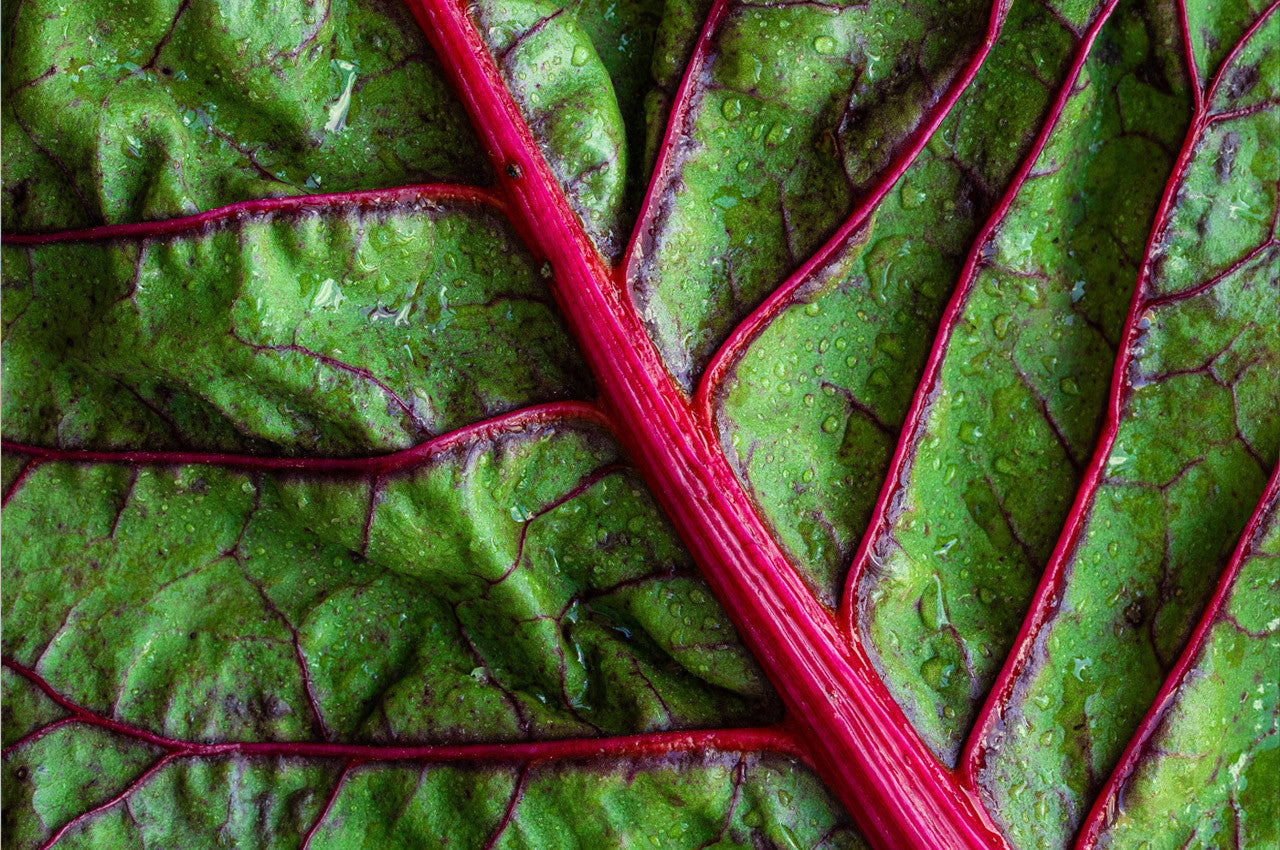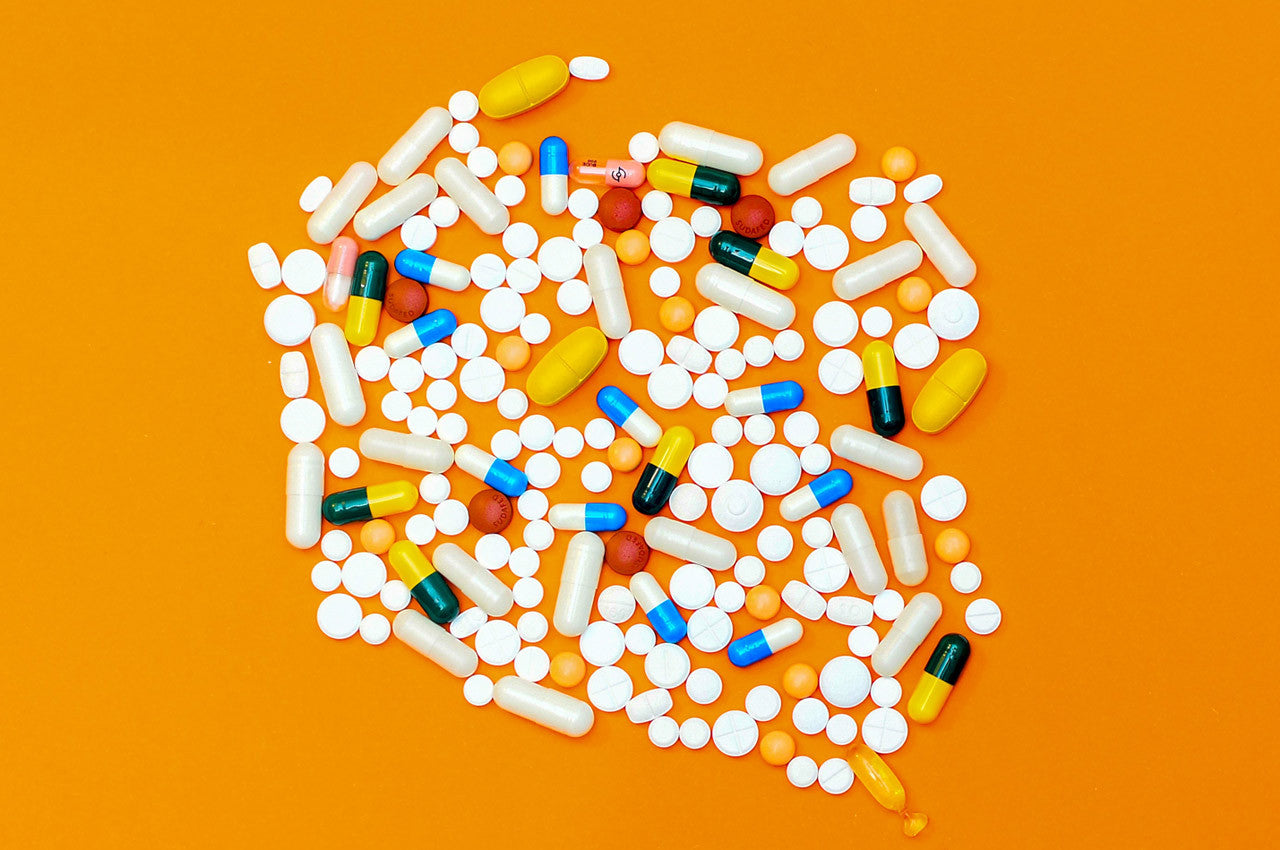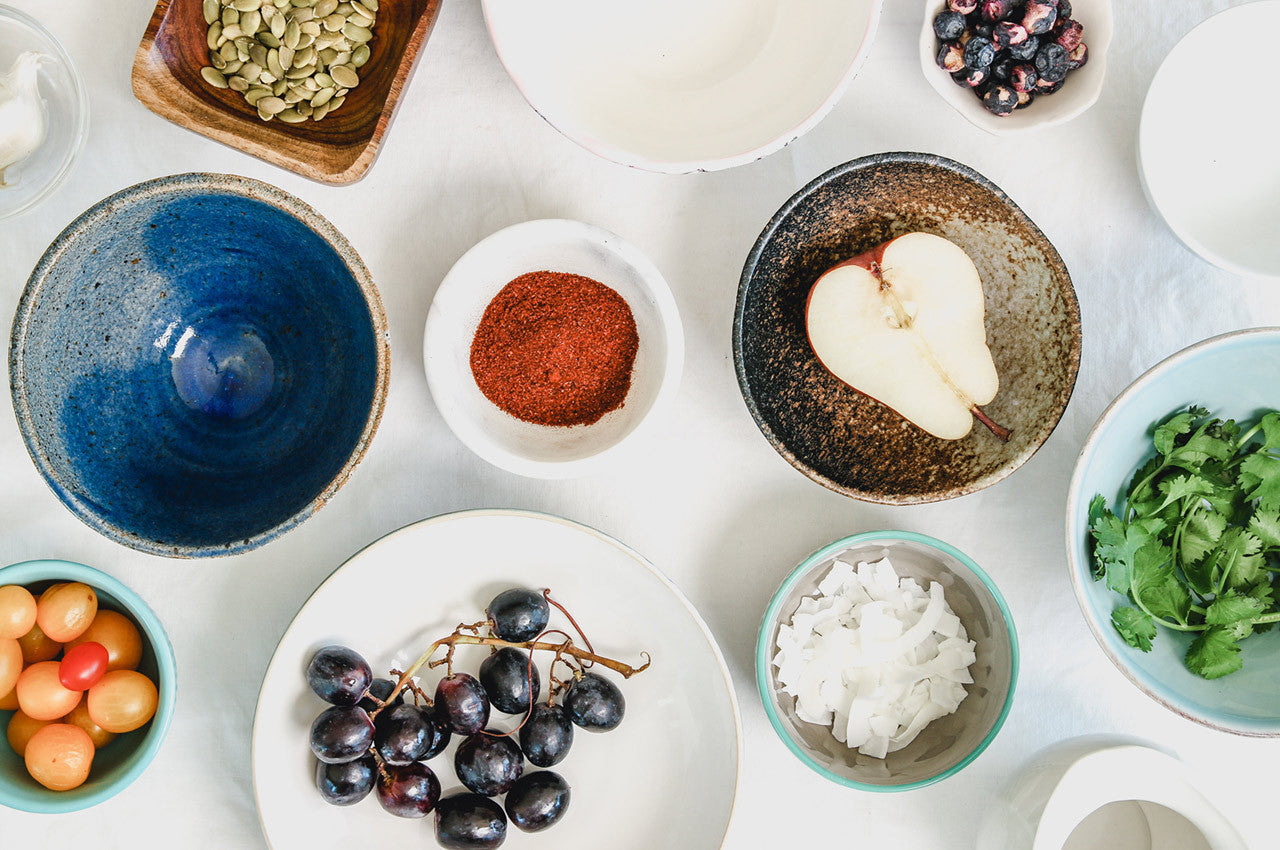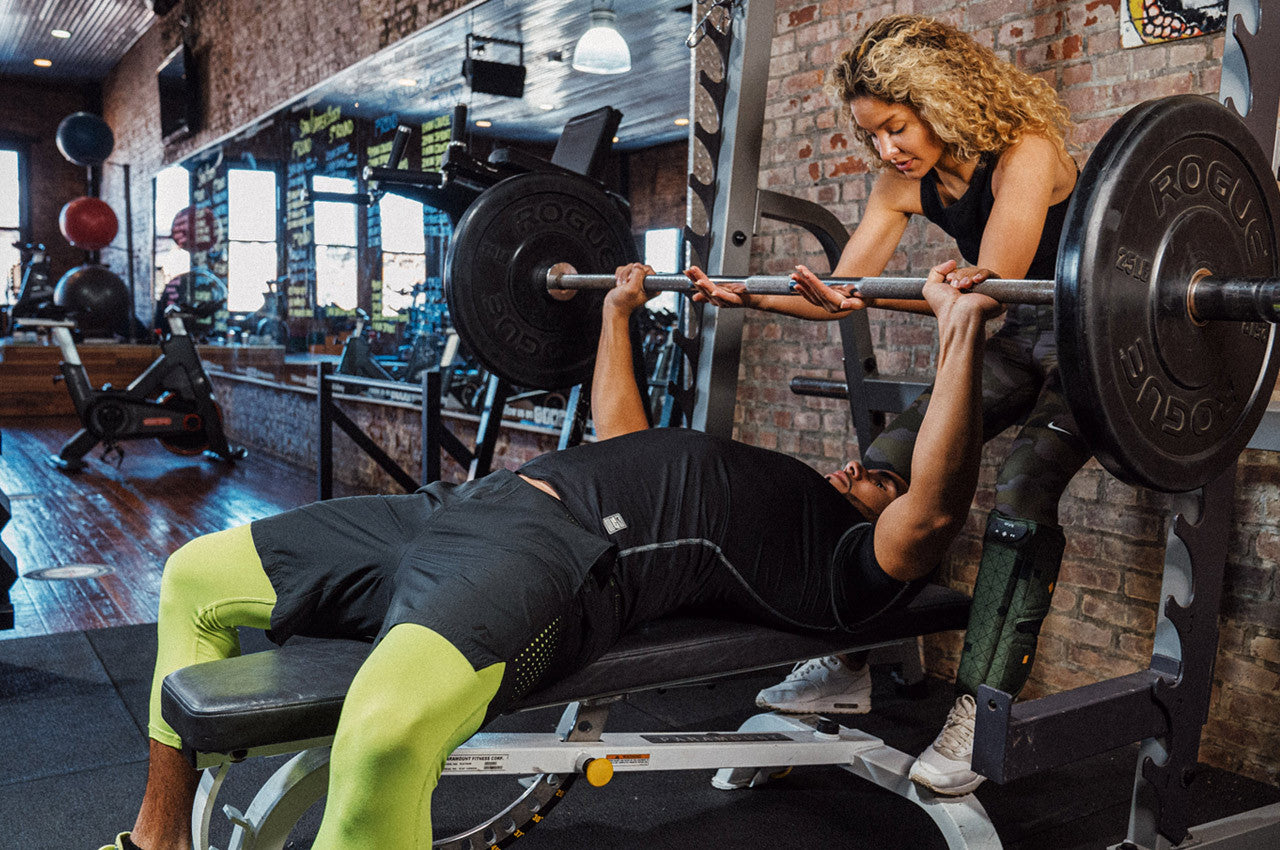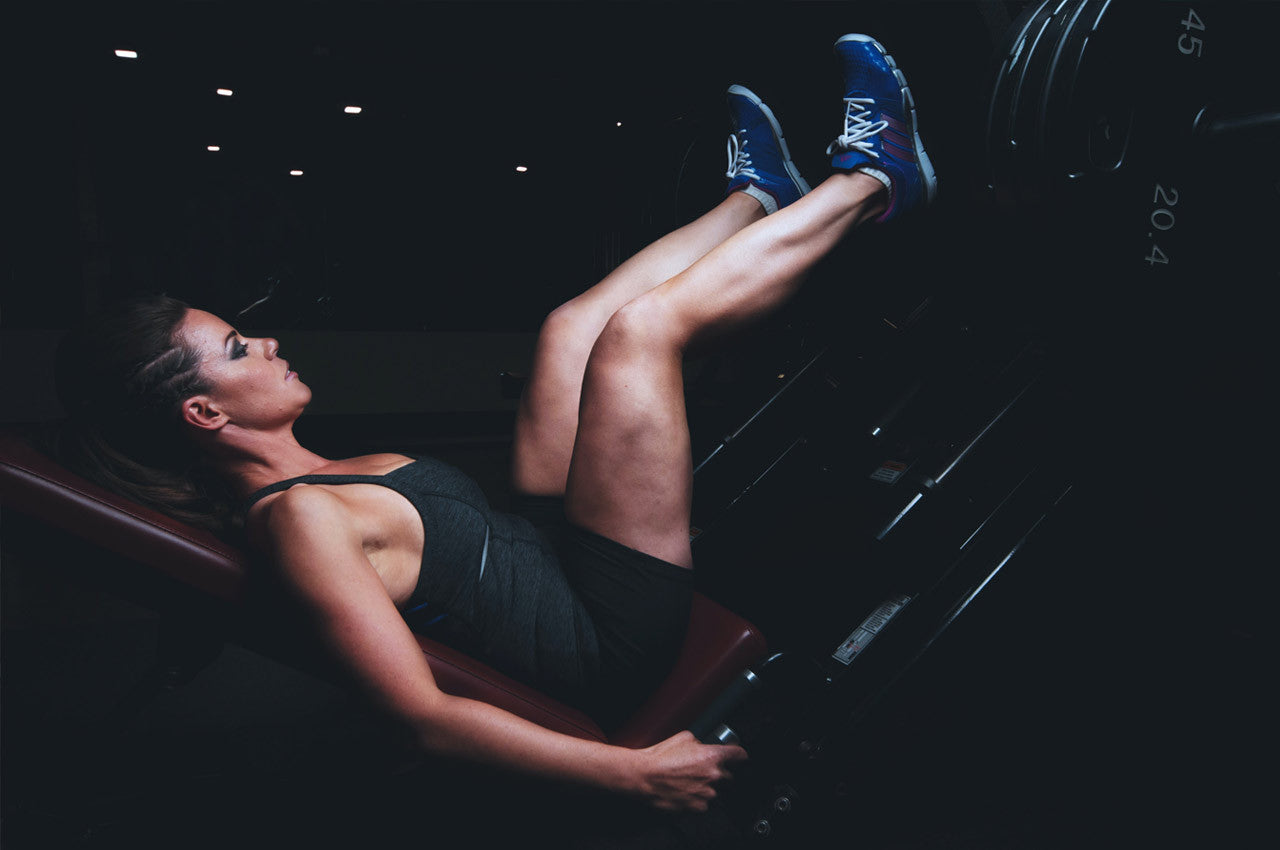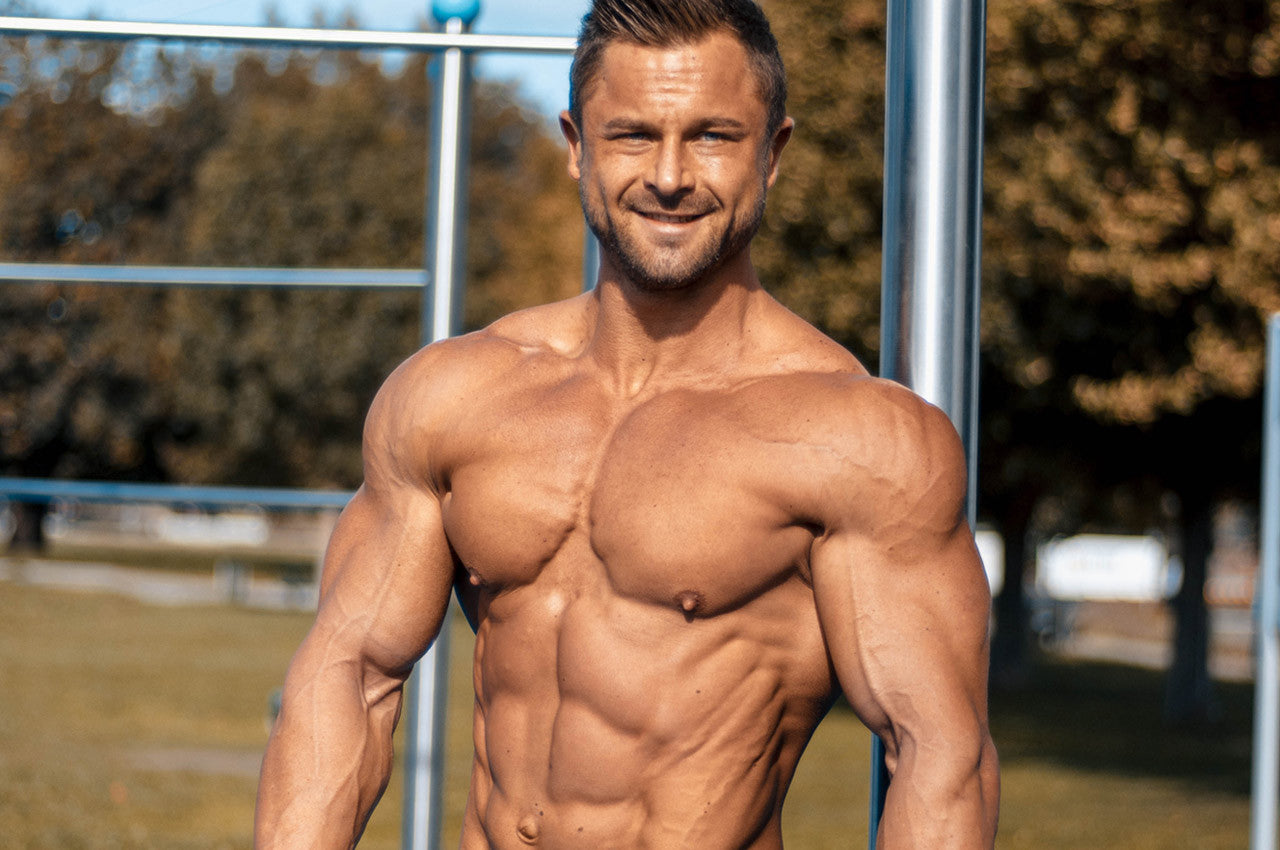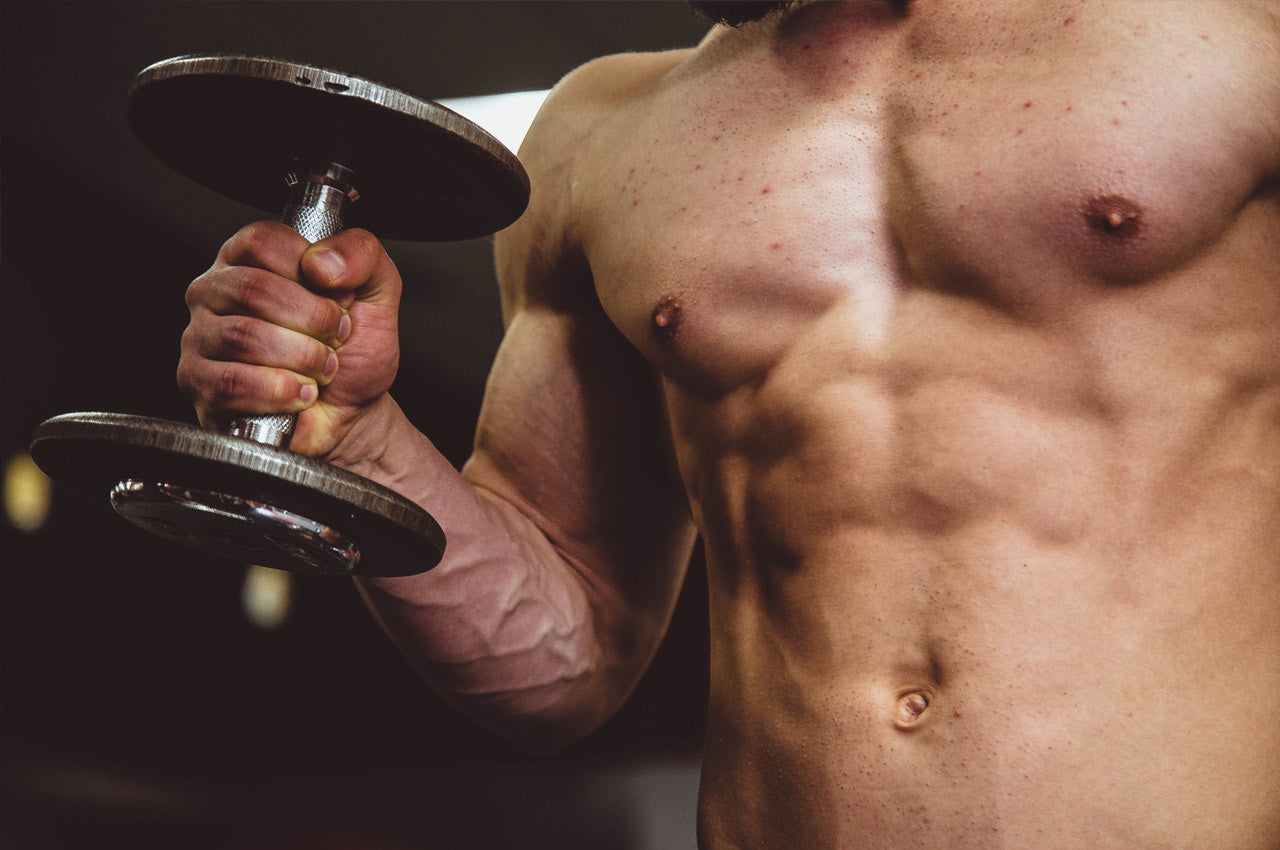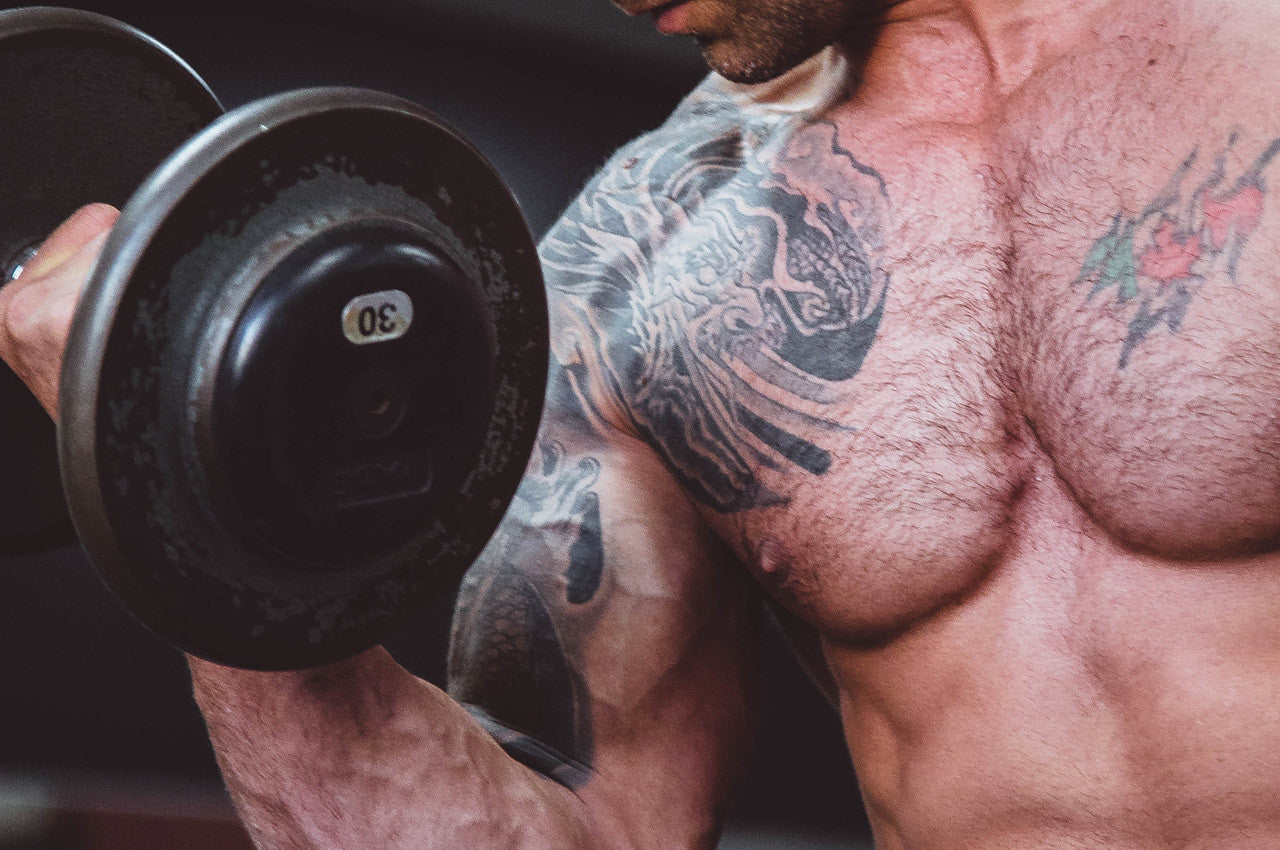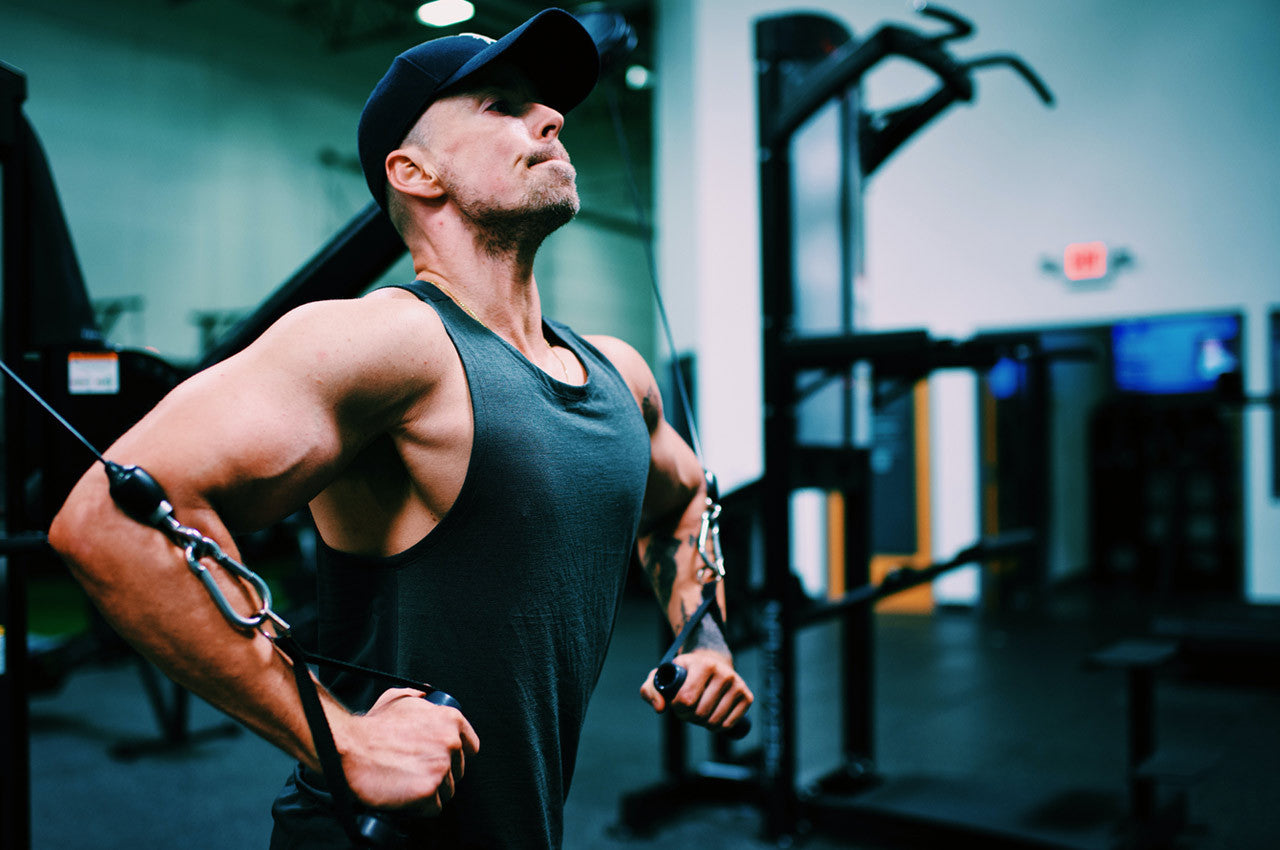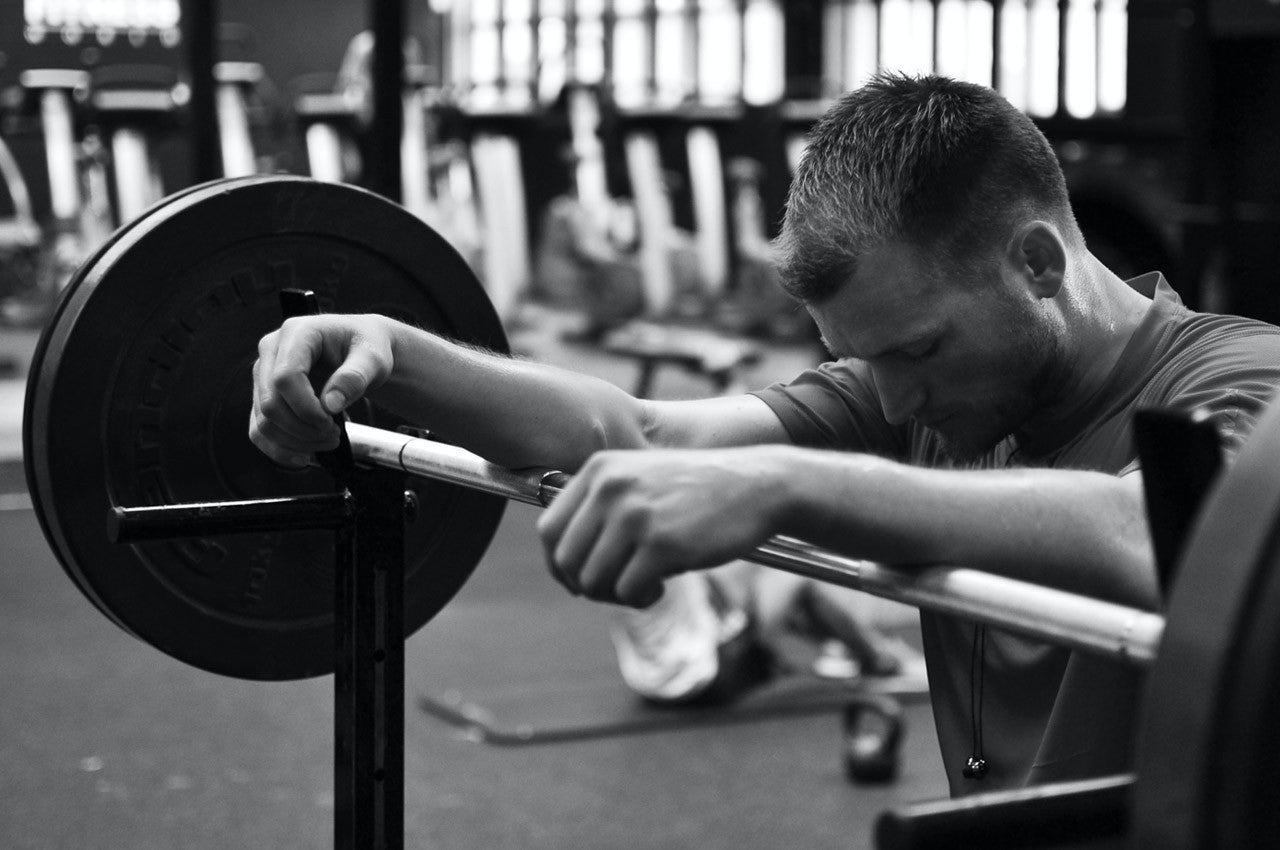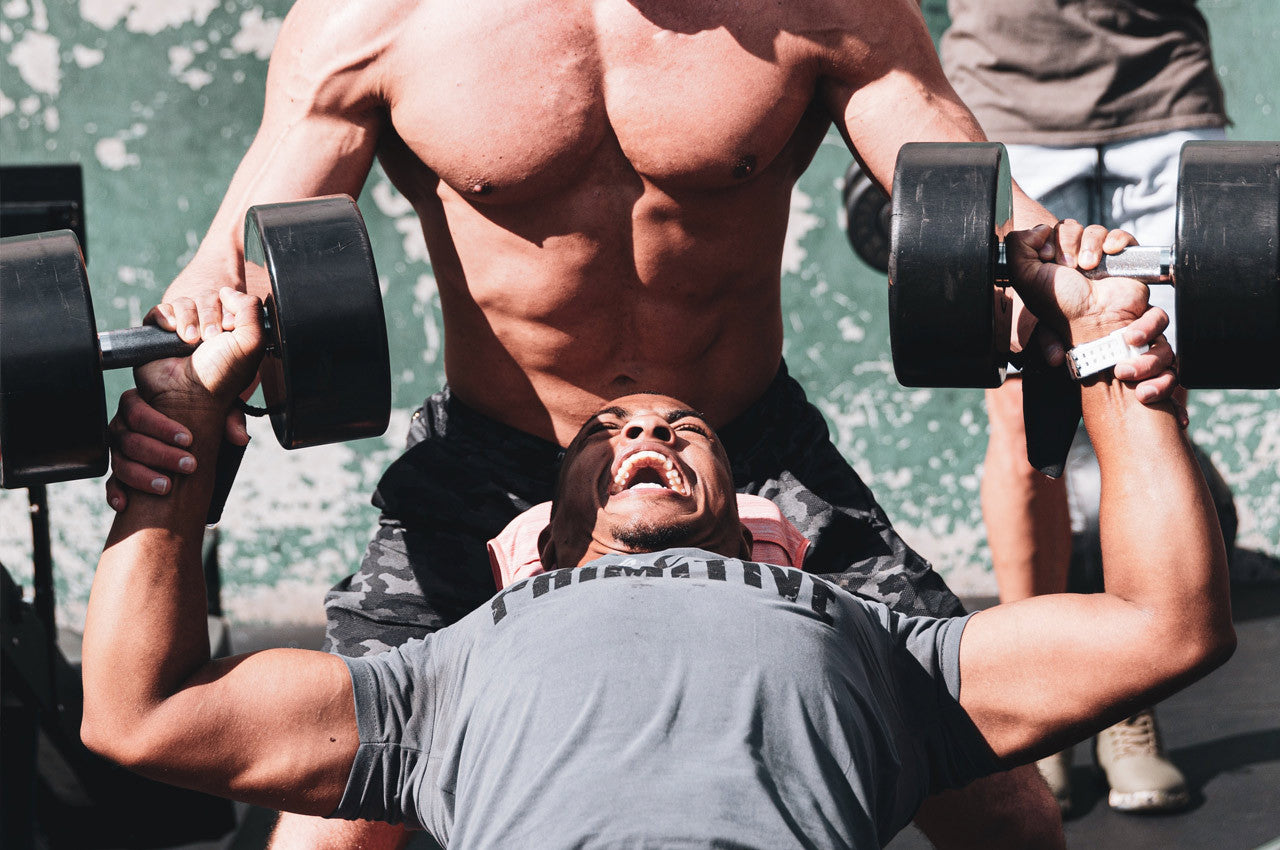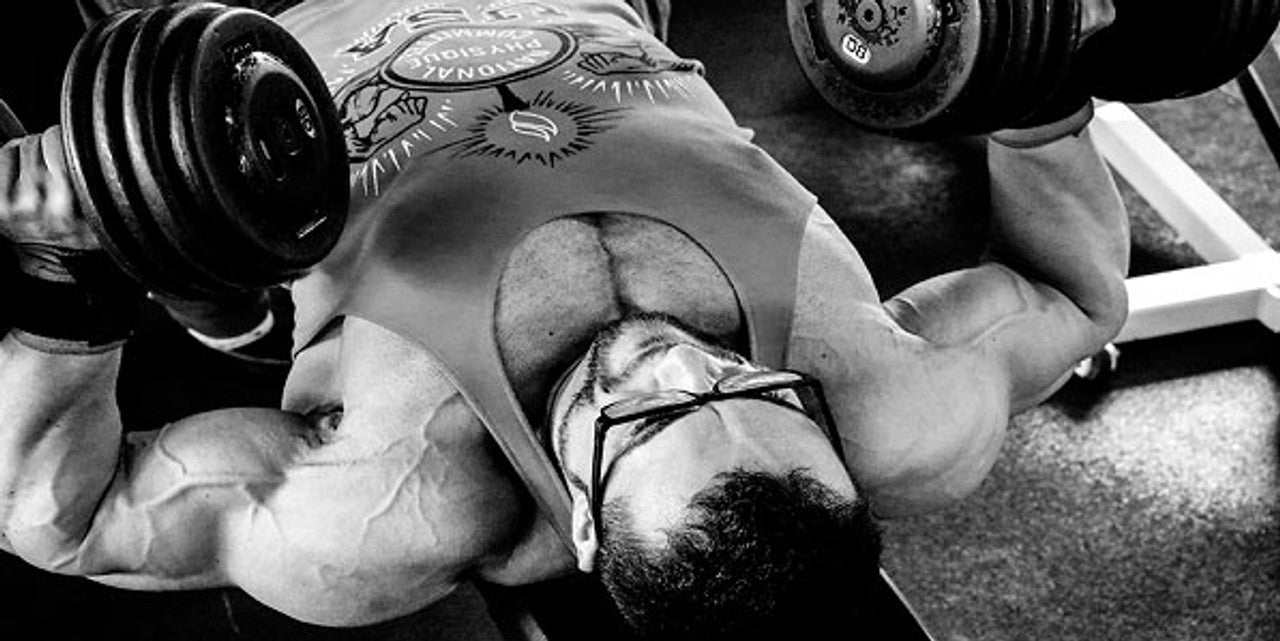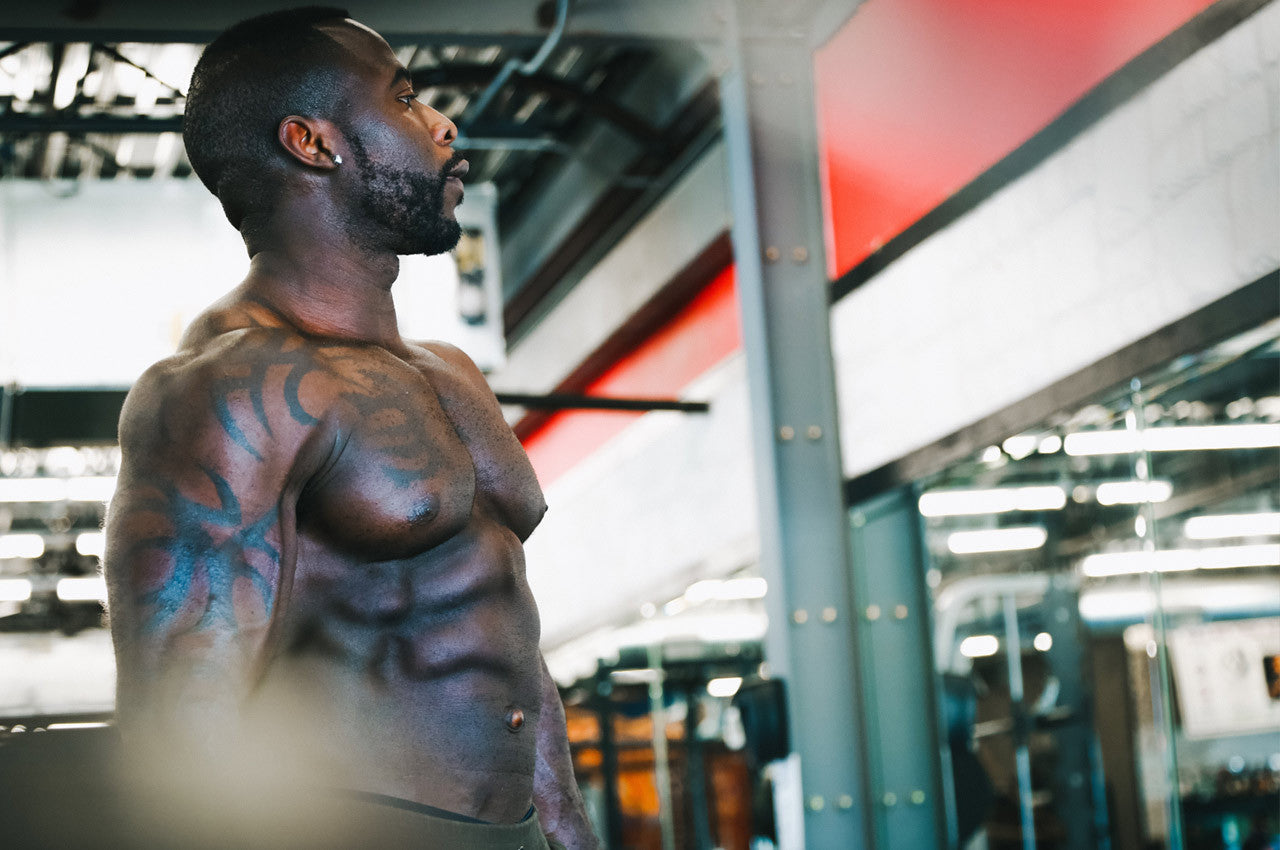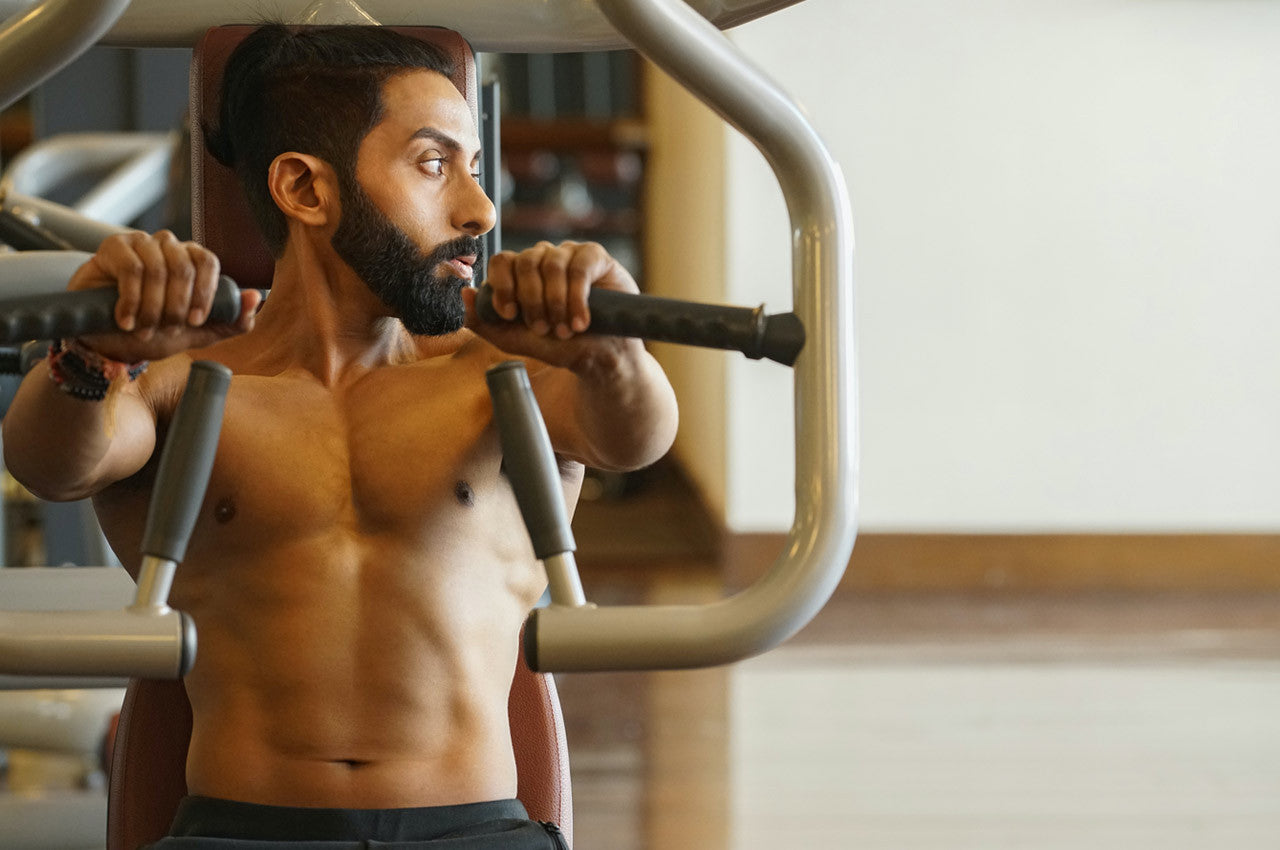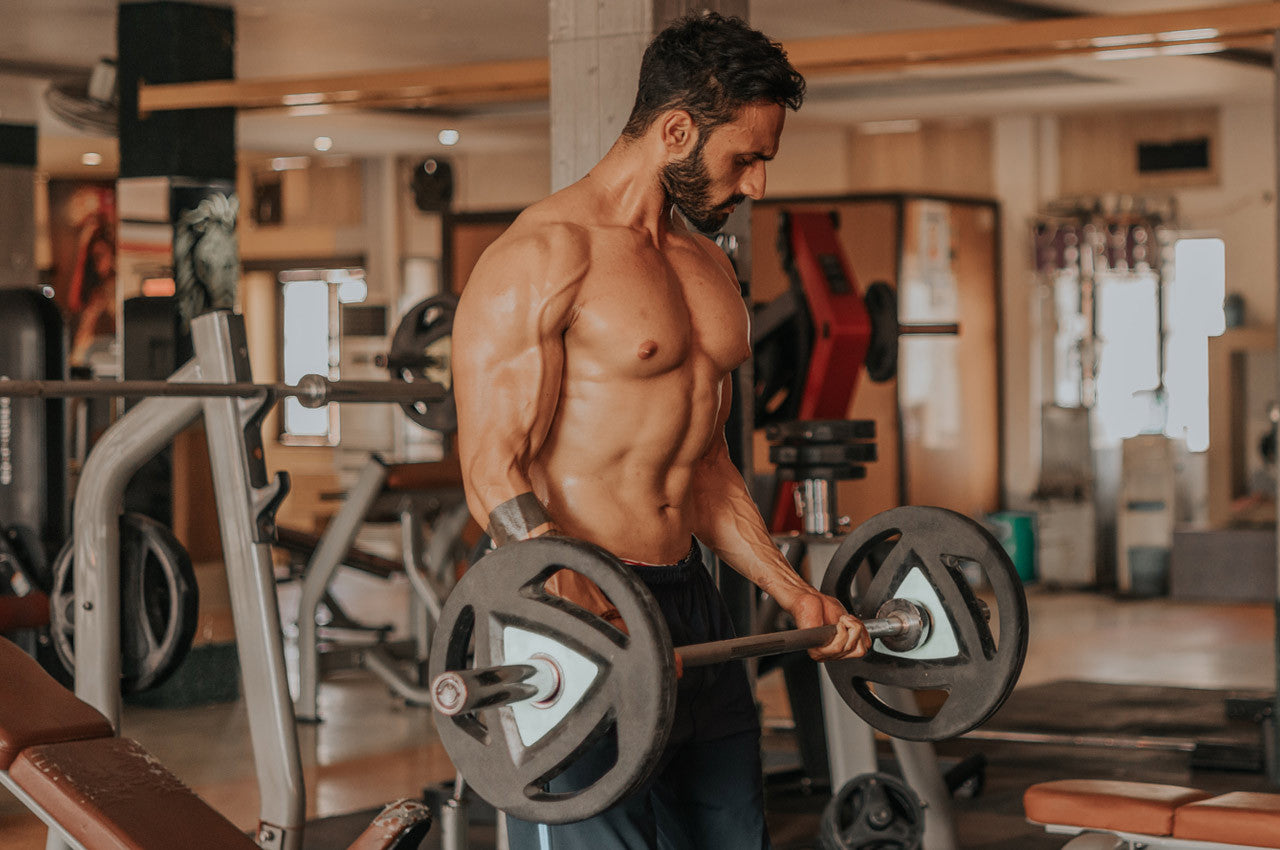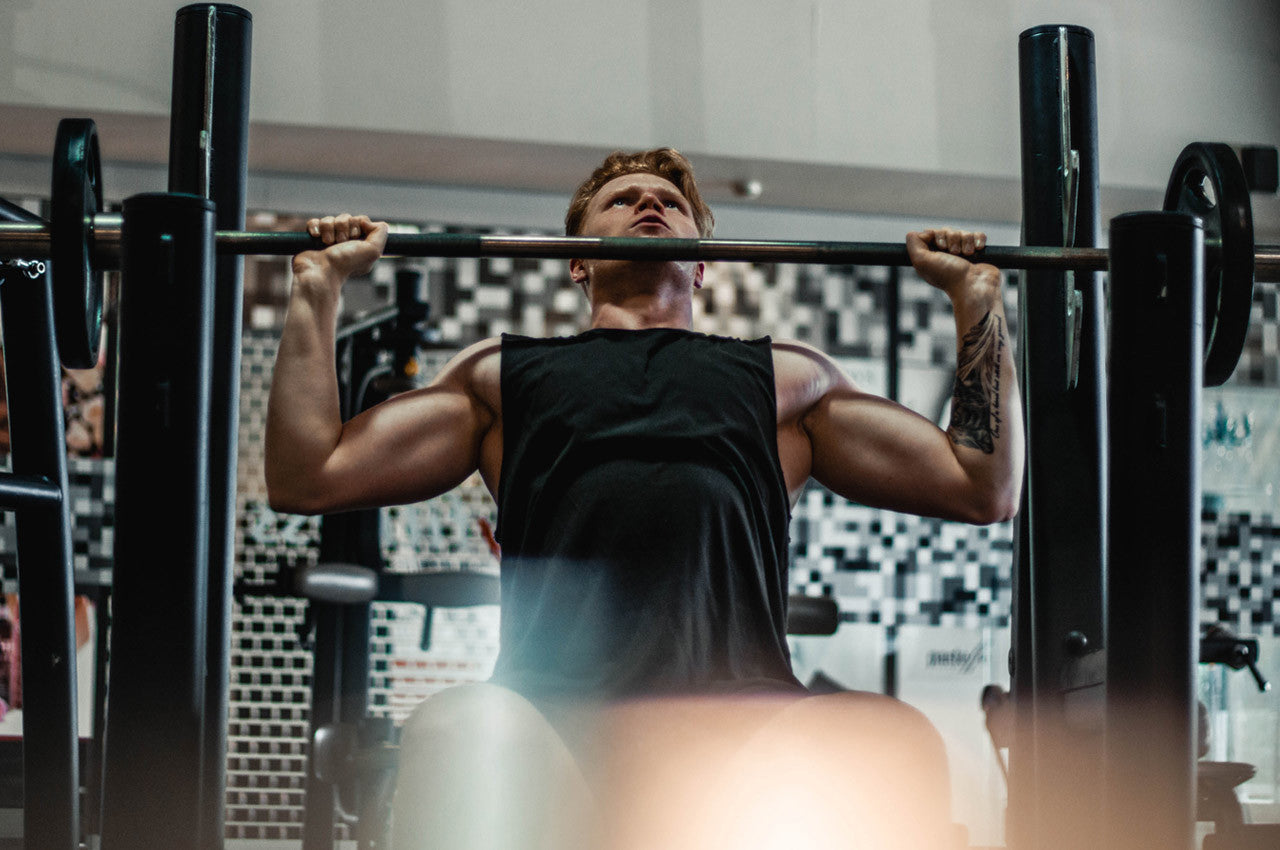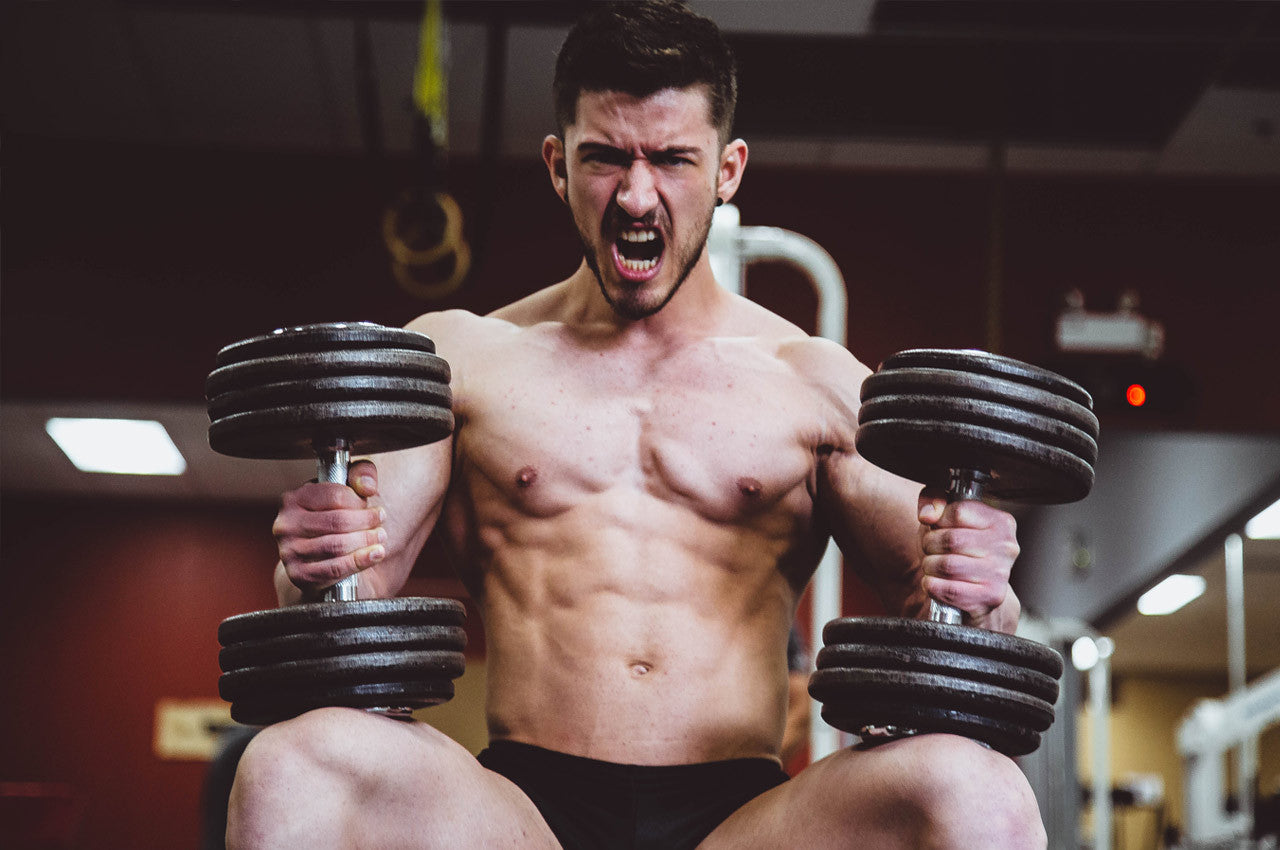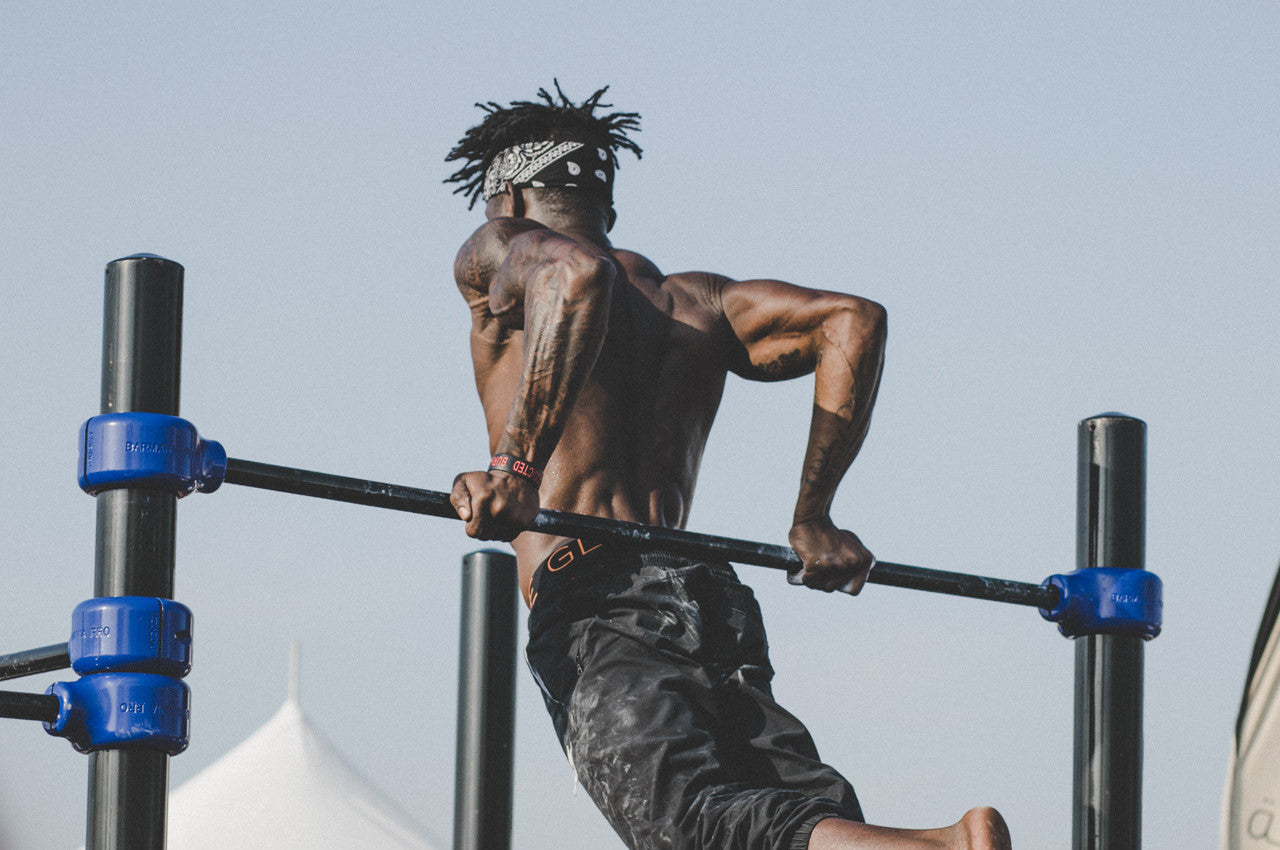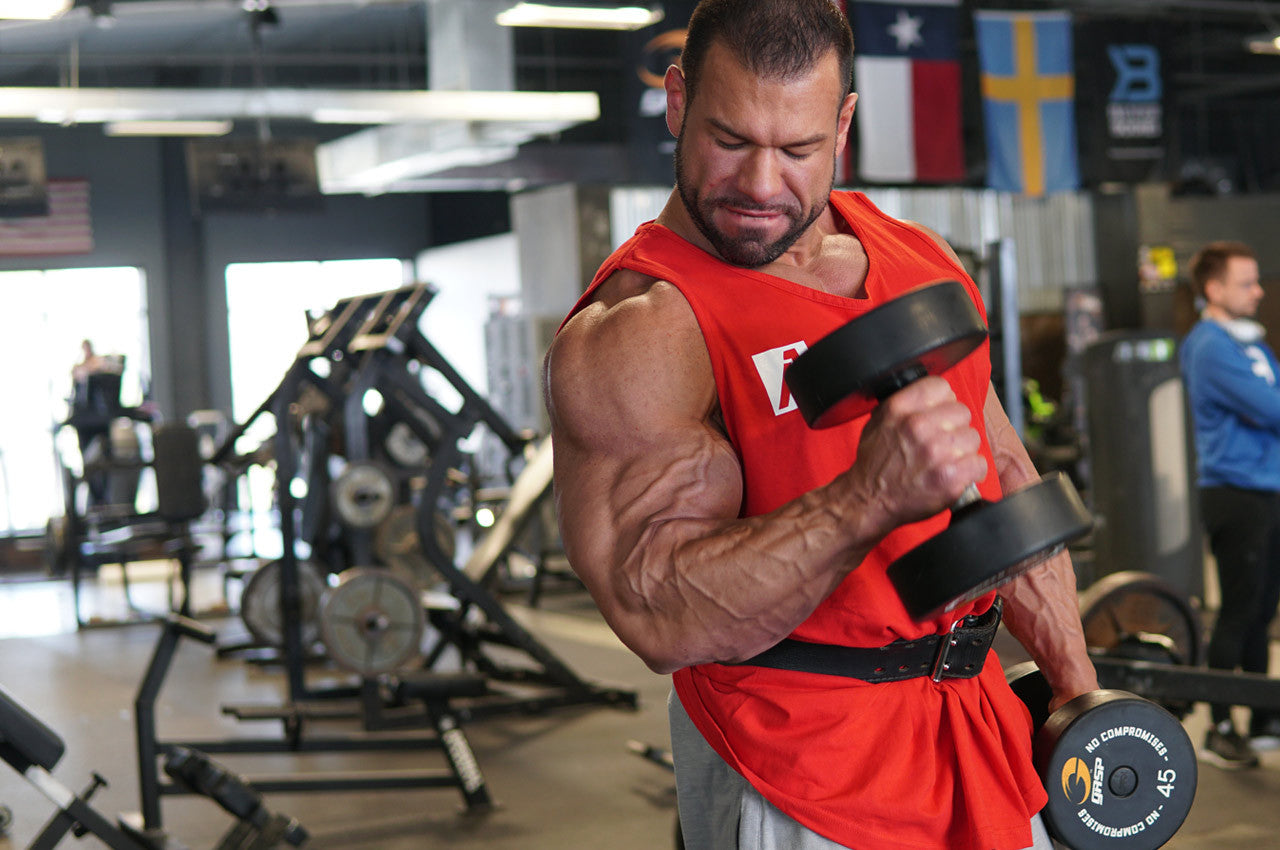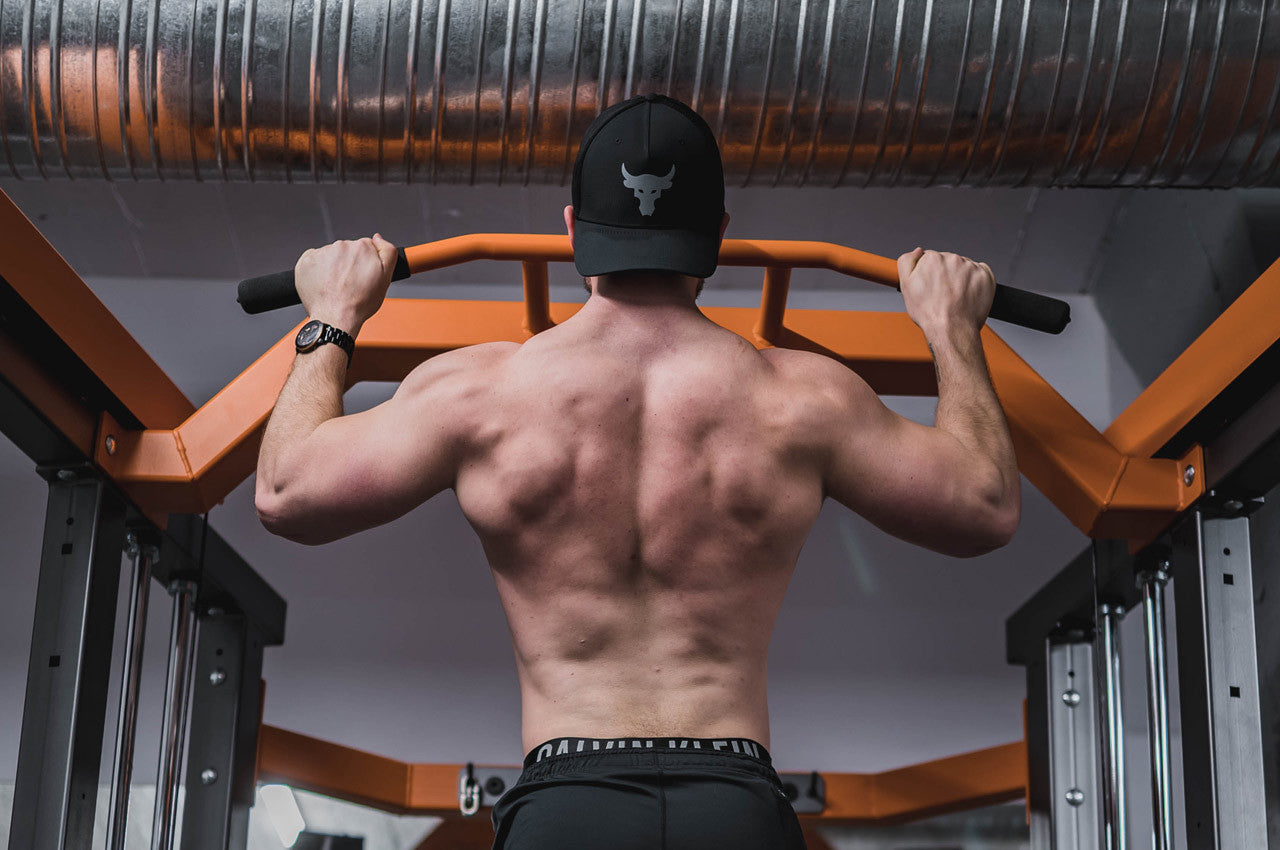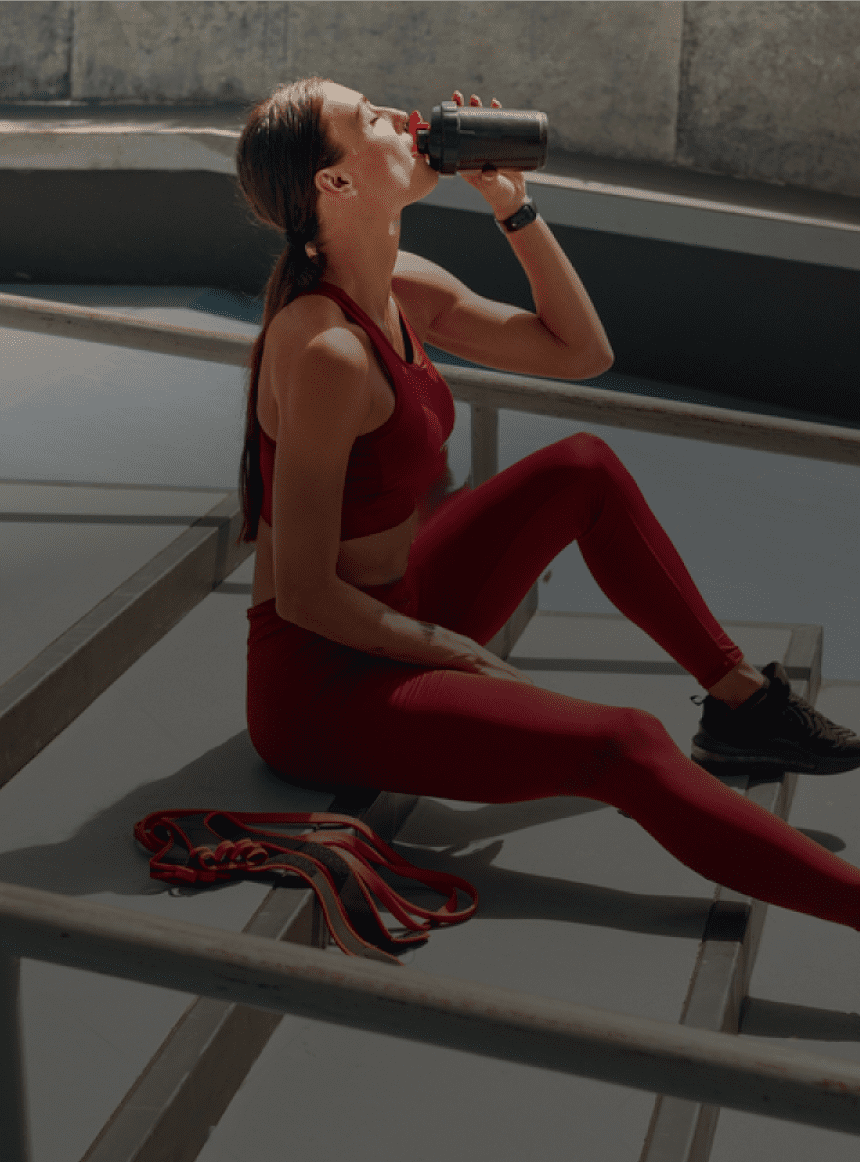Massive muscle pumps are incredible!
Your muscles swell, your skin tightens revealing thick, gorging veins of pulsating oxygen-rich blood, and you feel as mighty as Thor himself. Never before has such a phenomenon been the obsession of so many lifters.
There’s all kinds of supplements available designed to enhance you muscle pumps during training and sustain them for hours afterwards. You’ve probably seen the likes of L-Citrulline, Agmatine, glycerol, and even the occasional nitrate and used them extensively throughout your years of battling the iron.
And you know what? They’re really, really effective at getting the job done…
But they’re not the only thing you should be consuming pre workout to enhance your pumps. Remember, these are supplements designed to be used in addition to your diet. That’s right, getting a raging muscle pump begins and ends with what you stick in your mouth everyday!
Ahead, we’ve compiled a list of the foods you need to be eating on a daily basis to make sure your muscles are primed for maximum performance and massive muscle pumps!
Best Foods for Muscle Pumps
Carbs
As if you really needed another reason to eat carbs aside from the fact that they’re insanely delicious, they’re also great for muscle pumps! When you consume carbohydrates, they’re broken down into glucose and stored in your muscles as glycogen. Along with the glycogen, your muscles also store a small amount of water with each molecule of glycogen, leading to fuller, more shapely muscles that look swole all day long!
Moreover, carbs are also important following your workout, too. During training, glycogen is used for energy, and following an intense workout, they’re going to be pretty well drained (or at least they should be if you’re truly training hard). Consuming carbohydrates post workout will enhance glycogen replenishment and improve recovery. Plus, insulin sensitivity is at an all-time high following your workout, which means all those tasty carbs you’re crushing will go towards muscle growth and repair and virtually no fat gain at all!
Salty Foods
Sodium is a key electrolyte in the body that plays a critical role in regulating muscle function and blood volume. It’s also an easily manipulated variable in the muscle pump equation. When sodium intake is low, the body compensates for the reduced sodium levels by excreting potassium, thereby causing a decrease in the fluid volume of your muscle cells. However, when sodium intake is increased, muscles have greater fluid volume leading to bigger, more shapely muscles.
In addition to increasing intracellular fluid levels, increased sodium intake also enhances extracellular fluid levels, which supports joint and tendons and can even enhance strength during training.
Worried about higher salt intakes?
Typical recommendations are to keep a keen eye on sodium intake as it’s often blamed for high blood pressure, cardiovascular disease and a host of other health complications. But, that might not exactly be true.
Recent research in the American Journal of Hypertension reviewed several studies that included over 6,000 people and found that those with higher daily sodium intakes in individuals with normal or even high blood pressure did NOT increase the risk of heart attacks, strokes, or death.[1] Another 2017 study found that individuals with higher salt intakes actually had lower blood pressure measurements than those with reduced salt intakes.[2]
Bottom line, if you’re looking to maximize pumps, feel free to be a little more liberal with the salt shaker, especially if you’re training hard multiple days in a row.
Water
How many times have you been told that it's important to properly hydrate before, during, and after exercise? Well, if you didn’t pay attention to those advisories before, then maybe this one will -- proper hydration makes for superior muscle pumps.
Think about it, when you’re adequately hydrated, blood volume increases and blood flows more readily. If you’re upping your salt intake, the extra water will also go towards fuller bigger, stronger muscles. Liken your muscles to a piece of fruit. When it’s full of water, it’s bursting at the seems, lively, and fresh. When it’s dehydrated, it looks shriveled, withered, and pretty lifeless. Drinking water not only amplifies your pumps, but also enhances strength, power, performance, and stamina. Even as little as a 2% decrease in hydration levels can lead to decreased physical performance, cognitive function and endurance along with increased fatigue and fatigue.
Aim to get a minimum 20-24 oz of water pre workout to support performance and set the stage for some pretty sick “water-fueled” pumps during weight lifting.
Dark Cocoa
The reason supplements such as Citrulline, Norvaline, and nitrates are popular is that they increase nitric oxide production in the body, leading to blood vessel expansion, better known as vasodilation. As it turns out, you can also increase the size of your blood vessels, and subsequently blood flow, by eating foods rich in theobromine, a powerful vasodilating stimulant.
Theobromine is a potent alkaloid found in cocoa that acts as a mild CNS stimulant, but it also serves to dilate blood vessels, thereby lowering blood pressure and increasing blood flow. The end result is increased vascularity and superior pumps. As an added bonus, the increased blood flow supplies your muscles with additional water, oxygen, and nutrients which prolong stamina and support physical performance, leading to bigger, better gains all around.
If you’re having some oatmeal or a whey protein shake an hour or two before your workout, add a tablespoon or two of cocoa to the mix for some extra vasodilating benefits.
N.O.-boosting Foods
Nitric oxide (NO) is a powerful cell-signaling molecule that, among other things, relaxed blood vessels and promotes increased oxygen delivery and blood flow. Boosting nitric oxide is the primary objective of 99.9% of all “pump” supplements out there. Rather than always relying on supplements for your pumps, why not get some pro-NO foods in your diet before your workout to further boost your pumps the all-natural way.
Better yet, there’s a multitude of foods you can eat that are rich in NO-boosting compounds. For example, foods such as shellfish, egg yolks, almonds, peanuts and cashews are high in arginine, the amino acid that drives nitric oxide production in the body. Research shows that consuming more of these foods increases blood volume in muscles, leading to bigger, better muscle pumps.
But that’s not all. The human body actually has two different pathways to enhance nitric oxide production!
In addition to the Citrulline-Arginine pathway, the body can also use the nitrate-nitrite-nitric oxide pathway. Therefore, consuming foods high in dietary nitrates can also lead to greater NO production, and subsequently increased vasodilation, vascularity, and pumps. Foods highest in dietary nitrates are green leafy vegetables (spinach, kale, collard greens, etc.) and beetroot.
Dietary nitrates are well documented to confer a wealth of benefits including decreased blood pressure, improved endothelial function, and enhanced exercise performance.[6] Additionally, consumption of beet juice has been shown to improve performance and oxygen economy during exercise, leading to greater stamina and endurance with reduced fatigue.[7]
In other words, consuming a well-rounded diet full of veggies, nuts, seeds, and proteins supplies your body with the essential nutrients it needs to not only function optimally, but get better muscle pumps during training.
Better Pumps the Natural Way
Everyone loves getting a raging muscle pump during their workout, and nitric oxide boosting supplements can certainly go a long way to guaranteeing a massive pump during training, but they’re not the only thing you should do for bigger pumps. Eating the right foods before and after your workout can support and enhance your muscle pumps making for better workouts and bigger pumps all day long!
References
- Taylor RS, Ashton KE, Moxham T, Hooper L, Ebrahim S. Reduced dietary salt for the prevention of cardiovascular disease: a meta-analysis of randomized controlled trials (Cochrane review). Am J Hypertens. 2011;24(8):843-853. doi:10.1038/ajh.2011.115. https://www.ncbi.nlm.nih.gov/pubmed/21731062
- "Low-sodium Diet Might Not Lower Blood Pressure Science News." EurekAlert!, www.eurekalert.org/pub_releases/2017-04/eb2-ldm041217.php.
- Álvares TS, Conte CA, Paschoalin VMF, et al. Acute l-arginine supplementation increases muscle blood volume but not strength performance. Appl Physiol Nutr Metab. 2012;37(1):115-126. doi:10.1139/h11-144. http://www.ingentaconnect.com/content/cndscipub/apnm/2012/00000037/00000001/art00014
- Mitchell ES, Slettenaar M, vd Meer N, et al. Differential contributions of theobromine and caffeine on mood, psychomotor performance and blood pressure. Physiol Behav. 2011;104(5):816-822. doi:10.1016/j.physbeh.2011.07.027. https://www.ncbi.nlm.nih.gov/pubmed/21839757
- Martínez-Pinilla E, Oñatibia-Astibia A, Franco R. The relevance of theobromine for the beneficial effects of cocoa consumption. Frontiers in Pharmacology. 2015;6:30. doi:10.3389/fphar.2015.00030. https://www.ncbi.nlm.nih.gov/pmc/articles/PMC4335269/
- Lidder S, Webb AJ. Vascular effects of dietary nitrate (as found in green leafy vegetables and beetroot) via the nitrate‐nitrite‐nitric oxide pathway. British Journal of Clinical Pharmacology. 2013;75(3):677-696. doi:10.1111/j.1365-2125.2012.04420.x. https://www.ncbi.nlm.nih.gov/pmc/articles/PMC3575935/
- Domínguez R, Cuenca E, Maté-Muñoz JL, et al. Effects of Beetroot Juice Supplementation on Cardiorespiratory Endurance in Athletes. A Systematic Review. Nutrients. 2017;9(1):43. doi:10.3390/nu9010043. https://www.ncbi.nlm.nih.gov/pmc/articles/PMC5295087/

